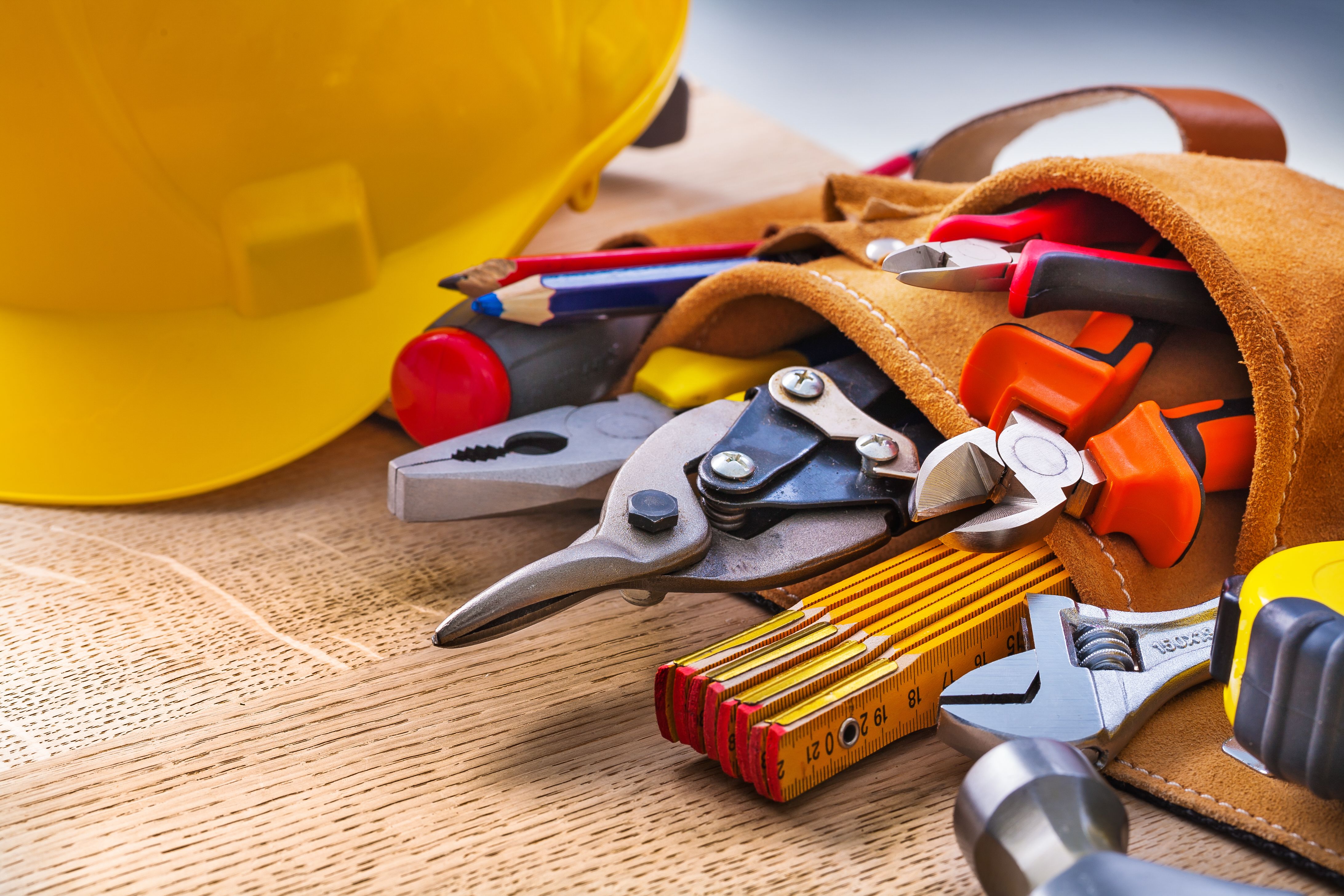Understanding the Functionality of Magnetic Drills
RR
Introduction to Magnetic Drills
Magnetic drills, often referred to as mag drills, are essential tools in the construction and metalworking industries. These portable devices are designed to drill precise holes in metal surfaces, offering a combination of power and portability. Understanding their functionality can help you choose the right tool for your project.

How Magnetic Drills Work
The core component of a magnetic drill is its electromagnetic base, which securely anchors the drill to metal surfaces. This ensures stability and precision during drilling, even on vertical or overhead surfaces. The drill is powered by an electric motor that drives a cutting tool, such as an annular cutter or twist drill bit.
Key Components of Magnetic Drills
Magnetic drills consist of several key components:
- Electromagnetic Base: Provides the magnetic adhesion to metal surfaces.
- Motor: Powers the drill, determining its speed and efficiency.
- Drill Chuck: Holds the cutting tool securely in place.
- Feed Handle: Allows the operator to control the drilling depth.
Types of Magnetic Drills
Magnetic drills come in various types, each suited for different applications:
- Standard Magnetic Drills: Ideal for general purpose drilling in steel and other metals.
- Compact Magnetic Drills: Designed for tight spaces and lighter materials.
- Hydraulic Magnetic Drills: Used in hazardous environments where electric tools are not safe.

Choosing the Right Magnetic Drill
When selecting a magnetic drill, consider factors such as material thickness, hole size, and drilling position. The type of cutting tool and the power of the motor are also crucial in ensuring efficient and precise drilling. Additionally, assess the weight and portability if you plan to use the drill on various job sites.
Safety Tips for Using Magnetic Drills
Operating a magnetic drill requires attention to safety:
- Always ensure the electromagnetic base is clean and securely attached to the surface.
- Wear protective gear, including gloves and safety glasses.
- Regularly inspect the drill and its components for wear and damage.
Maintenance and Care
Proper maintenance extends the life of your magnetic drill. Regularly clean the magnetic base and check for debris that might affect adhesion. Lubricate moving parts to reduce friction and wear. Replace worn-out cutting tools to maintain efficiency and precision.

Conclusion
Magnetic drills are indispensable in various industrial applications, providing precision and stability in metal drilling tasks. By understanding their functionality and proper usage, you can maximize their effectiveness and ensure safe operation. Whether for construction or metal fabrication, choosing the right magnetic drill can significantly impact the success of your projects.